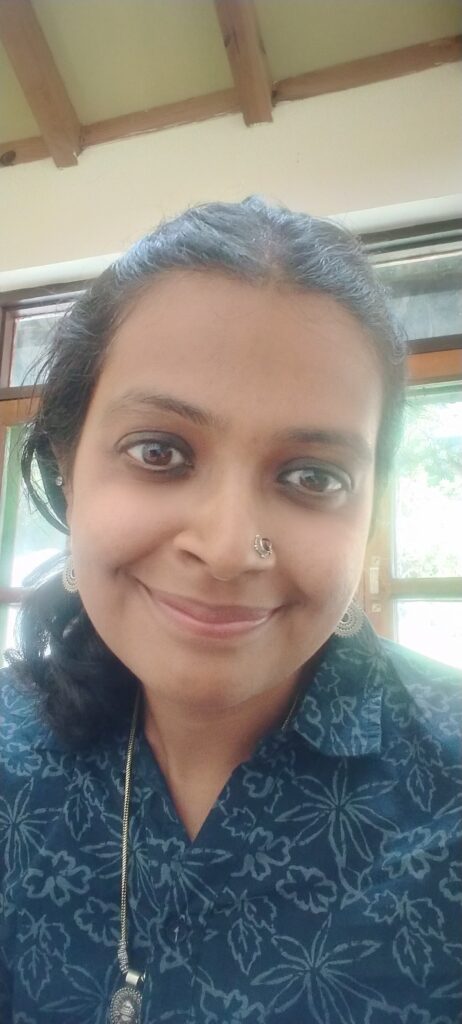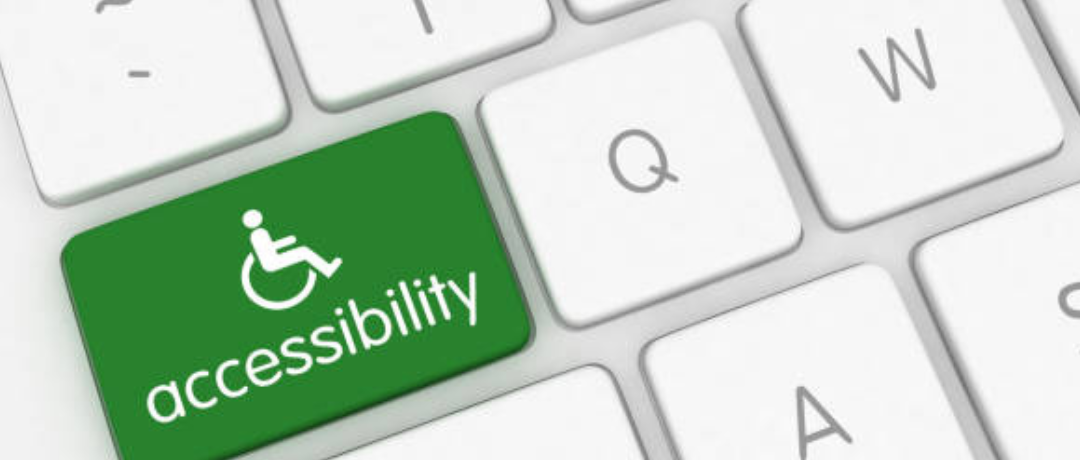In today’s world, the very concepts of community are expanding beyond the ones we perceive in our physical proximity. Accessing the digital space is integral to experiencing a sense of belonging and being able to fully function as a member of multiple communities. Access to the digital is indispensable for one to grow and even learn about the possibilities that the world has to offer. Making the digital space accessible for people with disabilities gives them a window into not just what the present world is but also visions of what the future might look like.
Digital accessibility occupies a unique and independent position in the domain of accessibility for people with disabilities. Whether software or hardware or online spaces of any kind, principles of digital accessibility have been codified through a range of standardized guidelines like WCAG. Providing options to scroll using the shift and arrow keys as a replacement for the mouse, alt-text, text-to-speech softwares: the opportunities for creating inclusive digital spaces and gadgets are endless. Digital accessibility is also growing into a hallmark of quality (read more here) and developing accessible content and technology is slowly growing into an indispensable feature of any project or business.

Image: A blind person using a computer with braille computer display and a computer keyboard. Credit: iStock by Getty Images
People with disabilities across the world are increasingly demanding equal opportunities to access public spaces. Museums are one such place. The pandemic has forced many museums to go online- making their collections and programmes available on a digital platform. However, very few are able to make their digital footprints accessible for all and even fewer are able to maintain and update it. Accessibility is not a one time fix. It is a mindset which reflects across all areas and not just one particular component of a larger whole. Digital accessibility needs to be perceived as both an aesthetic and a science. This implies that accessibility measures should not be superimposed onto an existing space or artwork but should be intrinsic to the artistic process and should contribute to the pleasure and stimulation created by art. In other words, accessibility should be seen as integral to the sublime qualities of the artworks that opens up possibilities for engagement and meaning-making for all viewers and not only for people with disabilities. Besides, accessibility requires an independent, incremental plan of action and innovation.. It requires constant dialogue, creativity, collaboration and effort to find new modes of participation for people with disabilities to engage with the digital. As knowledge and information systems keep expanding and growing in complexity, it becomes all the more imperative to adopt a dynamic approach to digital accessibility.
It is essential for museums just like for art establishments, educational institutions and businesses to shift their attitudes towards digital accessibility from an add-on feature for a primary product to think of accessibility as integral to their brand and the core work they do. Even more desirable is the advent of a shift in the imagination about accessibility that makes the needs of people with disabilities integral to the very conceptualization of the product. People with disabilities need to be thought of as integral members of the audience or consumer base and not marginal populations who have to be provided for to avoid a bad reputation. This involves thinking about disability as integral to innovation and creativity and not a supplementary or minor issue to be addressed after the main website has been set up or the major software update has taken place.
The web and the digital as a whole are some of the easiest places to make accessible because of their infinite scope and their malleability. The outreach they offer also helps to magnify and hyper visibilize accessibility efforts and contribute to the discourses about digital accessibility and digital citizenship.
About the Author

Suchaita is a sociologist who works at the intersections of gender, disability and mental health.








Recent Comments